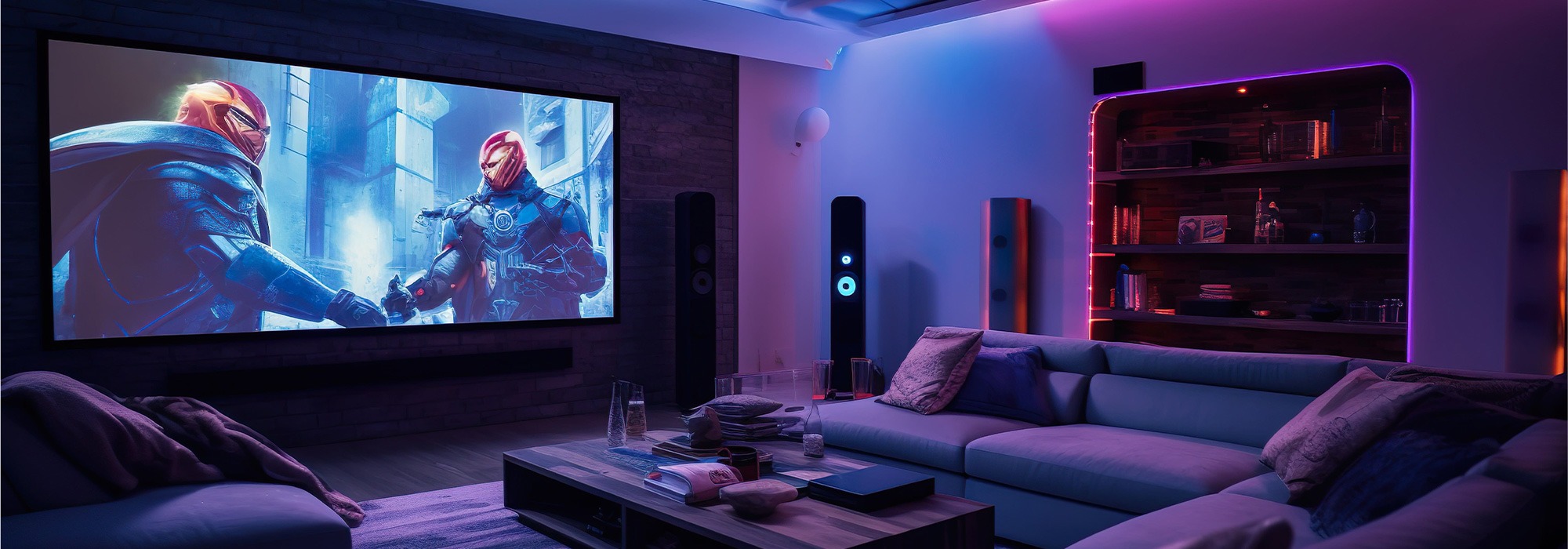1. Mini LED
1.1 What is Mini LED?
MiniLED is an advanced LED backlighting technology, where the backlight source consists of LED chips smaller than 200 micrometers. This technology is typically used to enhance the performance of LCD displays.
1.2 Mini LED Features
Local Dimming Technology: By precisely controlling thousands or even tens of thousands of tiny LED backlight zones, Mini LED achieves more accurate backlight adjustments, thereby improving contrast and brightness.
High Brightness Design: Suitable for use in outdoor and bright environments.
Long Lifespan: Made from inorganic materials, Mini LED has a long lifespan and is resistant to burn-in.
Broad Applications: Ideal for high-end indoor LED screen, LED screen stage, LED display for car, where high contrast and brightness are required.
Analogy: It’s like using countless small flashlights to illuminate a screen, adjusting the brightness of each flashlight to display different images and details.
Example: Local dimming technology in high-end smart TV can adjust brightness in different areas for better display effects; similarly, taxi top LED display requires high brightness and contrast, which is achieved through similar technology.
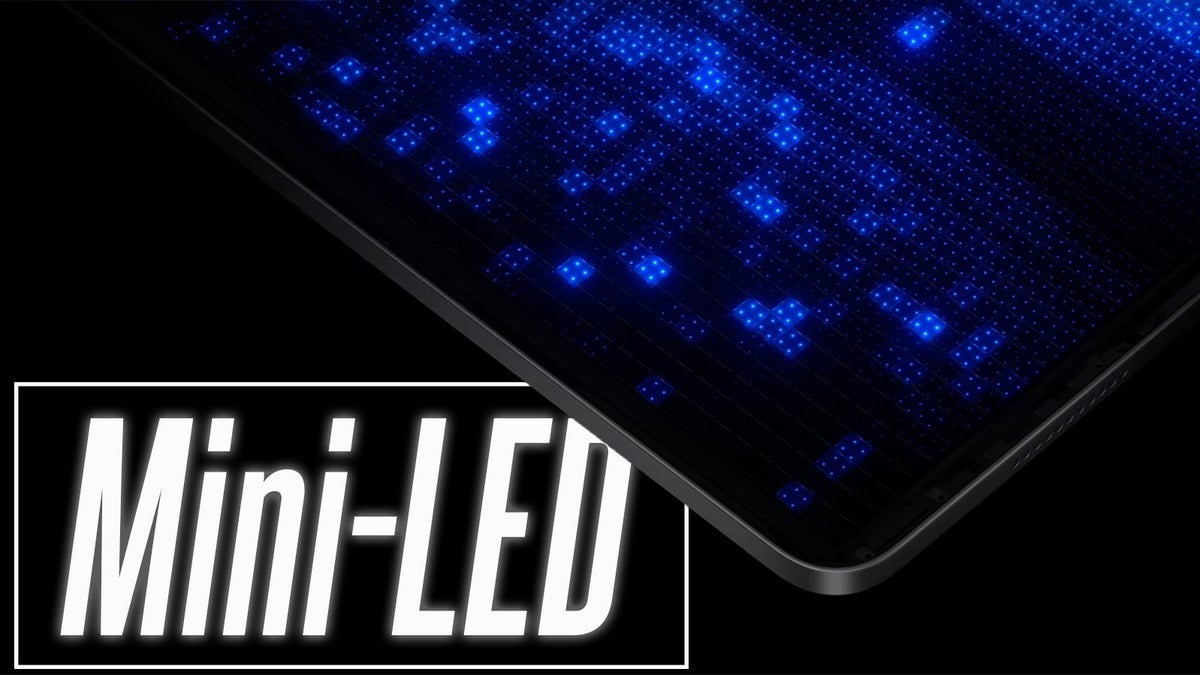
2. OLED
2.1 What is OLED?
OLED (Organic Light-Emitting Diode) is a self-emissive display technology where each pixel is made of organic material that can emit light directly without the need for a backlight.
2.2 OLED Features
Self-Emissive: Each pixel independently emits light, achieving infinite contrast when displaying pure black as no backlight is required.
Ultra-Thin Design: Without the need for a backlight, OLED display can be extremely thin and even flexible.
Wide Viewing Angle: Provides consistent color and brightness from any angle.
Fast Response Time: Ideal for displaying dynamic images with no motion blur.
Analogy: It’s like each pixel is a small light bulb that can emit light independently, displaying various colors and brightness without needing an external light source.
Applications: Common in smartphone screens, conference room LED display, tablet, and XR LED screen.
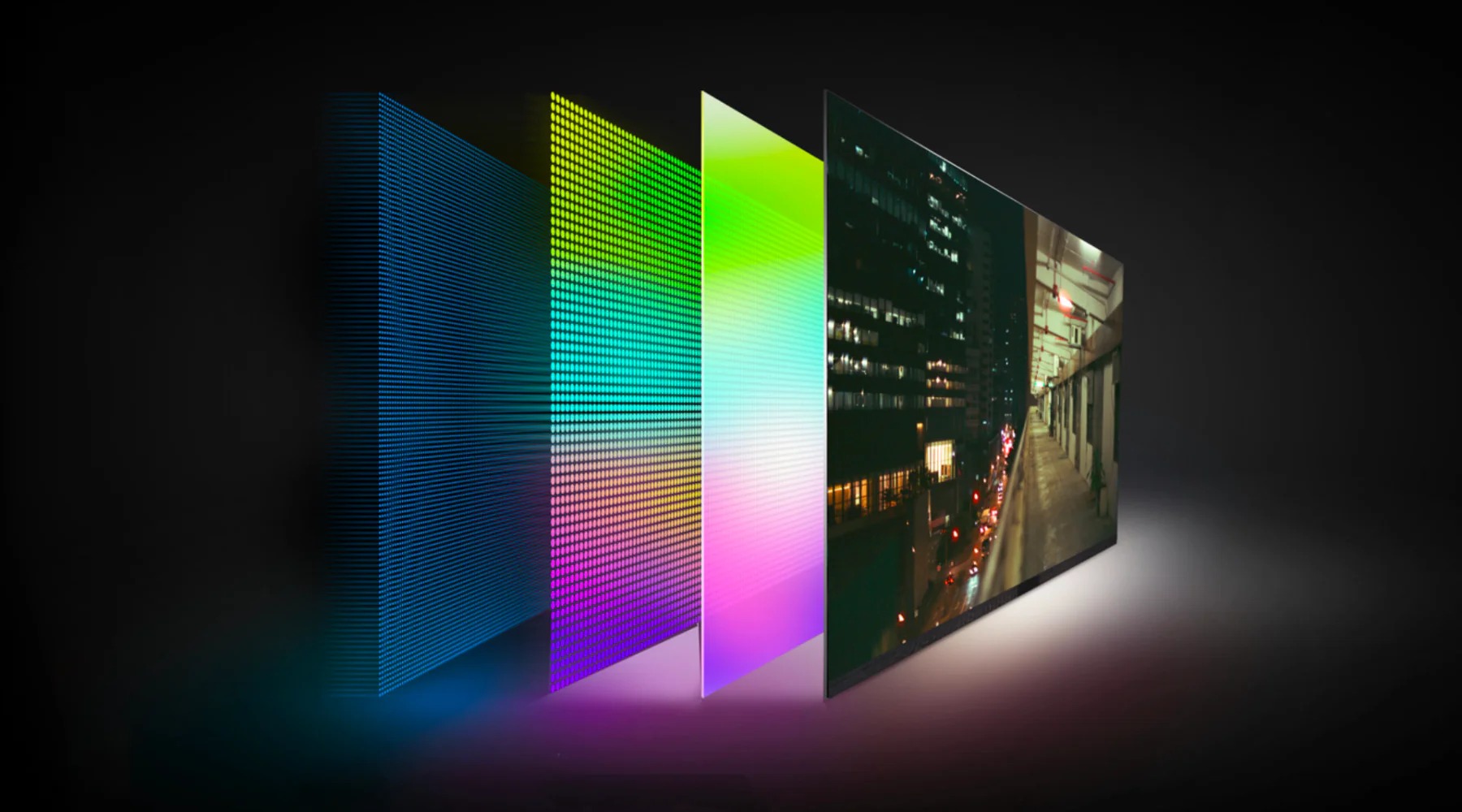
3. Micro LED
3.1 What is Micro LED?
Micro LED is a new type of self-emissive display technology that uses micron-sized (less than 100 micrometers) inorganic LEDs as pixels, with each pixel independently emitting light.
Micro LED Features:
Self-Emissive: Similar to OLED, each pixel emits light independently, but with higher brightness.
High Brightness: Performs better than OLED in outdoor and high-brightness environments.
Long Lifespan: Free from organic materials, thus eliminating burn-in issues and offering a longer lifespan.
High Efficiency: Higher energy efficiency and luminous efficiency compared to OLED and LCD.
Analogy: It’s like a display panel made of countless tiny LED bulbs, each capable of independently controlling brightness and color, resulting in more vivid display effects.
Applications: Suitable for large LED video wall, professional display equipment, smartwatch, and virtual reality headset.
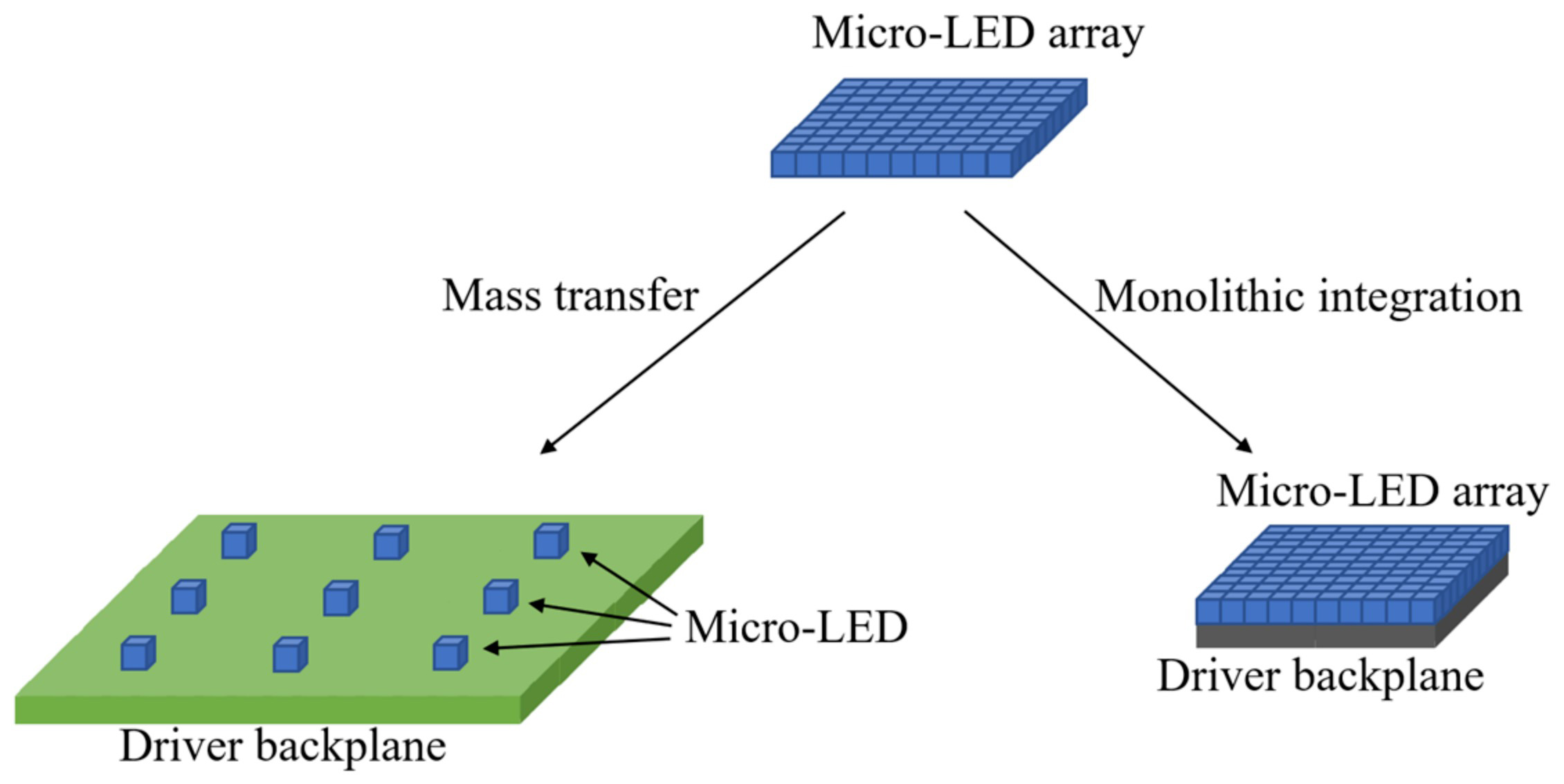
4. Connections between Mini LED, OLED, and Micro LED
Display Technology: Mini LED, OLED, and Micro LED are advanced display technologies widely used in various display devices and applications.
High Contrast: Compared to traditional LCD technology, Mini LED, OLED, and Micro LED all achieve higher contrast, offering superior display quality.
Support for High Resolution: All three technologies support high-resolution displays, capable of presenting finer images.
Energy Efficiency: Compared to traditional display technologies, all three have significant advantages in terms of energy consumption, especially Micro LED and OLED.
4. Application Examples of Mini LED, OLED, and Micro LED
4.1 High-End Smart Display
a. Mini LED:
Mini LED offers high brightness and contrast, making it a perfect technology for High Dynamic Range (HDR) display, significantly enhancing image quality. The advantages of Mini LED include high brightness, contrast, and extended lifespan.
b. OLED:
OLED is renowned for its self-emissive properties and ultra-high contrast, providing perfect blacks as no light is emitted when displaying black. This makes OLED ideal for LED cinema display and gaming screens. OLED’s self-emissive characteristic delivers higher contrast and more vibrant colors, along with faster response times and lower power consumption.
c. Micro LED:
Micro LED offers extremely high brightness and a long lifespan, making it ideal for large LED screen and outdoor advertising display. The advantages of Micro LED include its high brightness, long lifespan, and the ability to deliver clearer and more vivid images.
4.2 Lighting Applications
The application of Micro LED technology in lighting equipment results in higher brightness, longer lifespan, and lower energy consumption. For example, Apple’s Apple Watch uses a Micro LED screen, which provides excellent brightness and color performance while being more energy-efficient.
4.3 Automotive Applications
The application of OLED technology in automotive dashboards results in higher brightness, more vivid colors, and lower energy consumption. For instance, Audi’s A8 model features an OLED dashboard, which delivers outstanding brightness and color performance.
4.4 Smartwatch Applications
a. Mini LED:
Although Mini LED is not commonly used in watches, it can be considered for certain applications requiring high brightness LED screen, such as outdoor sports watches.
b. OLED:
Due to its extensive application in the television sector, OLED has become the preferred choice for home entertainment. Additionally, its excellent performance has led to its widespread use in smartwatch, offering users high contrast and long battery life.
c. Micro LED:
Micro LED is suitable for high-end smartwatch, providing extremely high brightness and a long lifespan, particularly for outdoor use.
4.5 Virtual Reality Devices
a. Mini LED:
Mini LED is primarily used to enhance the brightness and contrast of VR displays, boosting immersion.
b. OLED:
OLED’s fast response time and high contrast make it ideal for virtual reality devices, reducing motion blur and providing a smoother visual experience.
c. Micro LED:
Although less commonly used in virtual reality devices, Micro LED is expected to become the preferred technology for high-end VR displays in the future. It offers extremely high brightness and a long lifespan, providing clearer, more vibrant images and an extended operational life.
5. How to Choose the Right Display Technology?
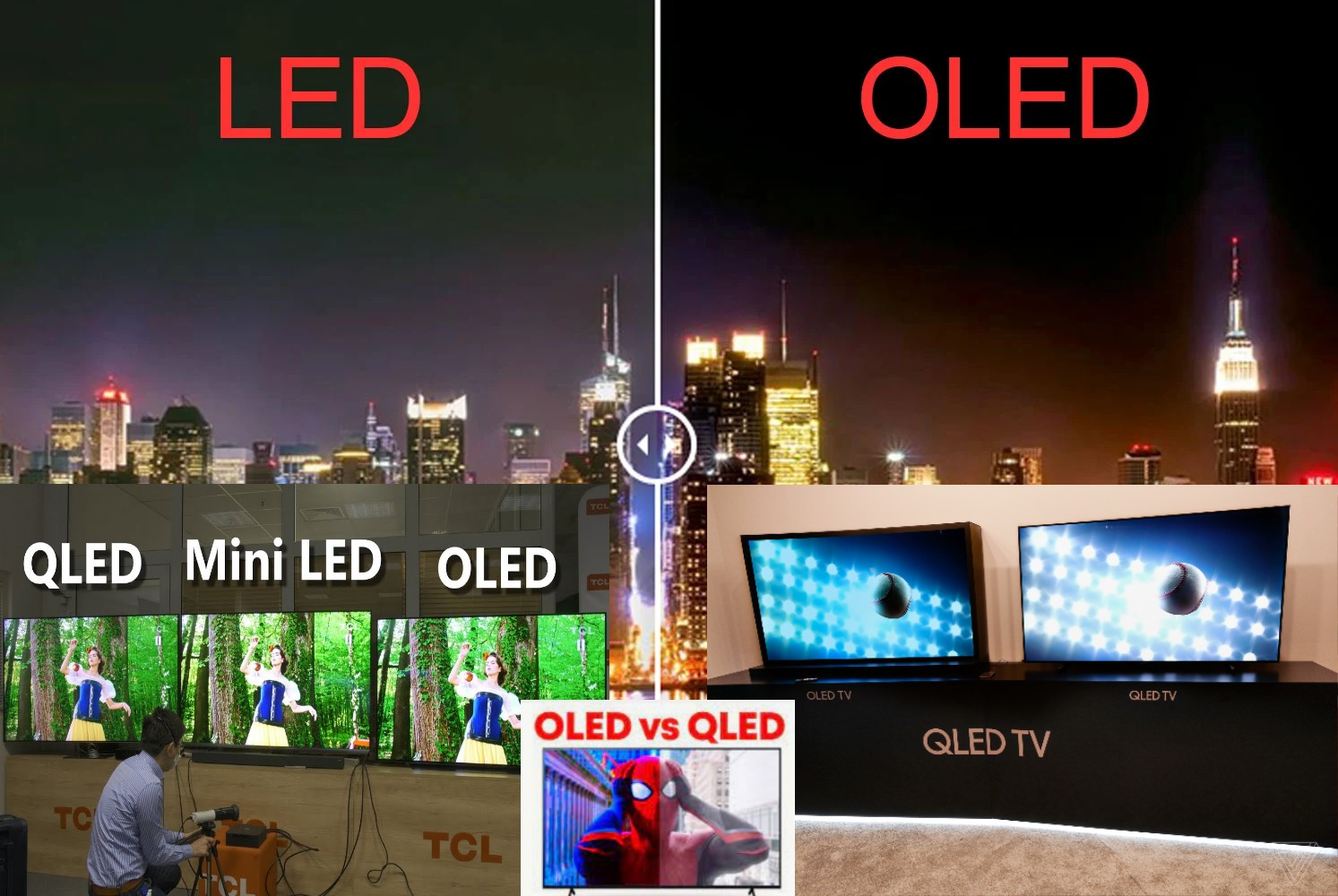
Choosing the right display technology starts with understanding the different types of display technologies available. The mainstream display technologies on the market include LCD, LED, OLED, and QLED. LCD is a mature technology with relatively low cost but lacks in color performance and contrast; LED excels in brightness and energy efficiency but still has room for improvement in color performance and contrast; OLED offers excellent color performance and contrast but is more expensive and has a shorter lifespan; QLED improves upon LED technology with significant enhancements in color performance and contrast.
After understanding the characteristics of these technologies, you should choose the one that best fits your needs and budget. If you prioritize color performance and contrast, OLED might be the better choice; if you focus more on cost and lifespan, LCD might be more suitable.
Additionally, consider the size and resolution of the display technology. Different technologies perform differently at various sizes and resolutions. For example, OLED performs better in small sizes and high resolutions, while LCD performs more stably in larger sizes and lower resolutions.
Finally, consider the brand and after-sales service of the display technology. Different brands offer varying quality and after-sales support. RTLED, Well-known LED display screen manufacture in China, provide products with comprehensive after-sales service, ensuring peace of mind during use.
6. Conclusion
Mini LED, OLED, and Micro LED are currently the most advanced display technologies, each with its own advantages, disadvantages, and applicable scenarios. Mini LED achieves high contrast and brightness through local dimming, suitable for high-end display and TV; OLED offers infinite contrast and wide viewing angles with its self-emissive characteristic, making it ideal for smartphone and high-end TV; Micro LED represents the future of display technology, with extremely high brightness and energy efficiency, suitable for high-end display equipment and large screen.
If you want to learn more about LED video wall, feel free to contact us now.
Post time: Aug-28-2024


